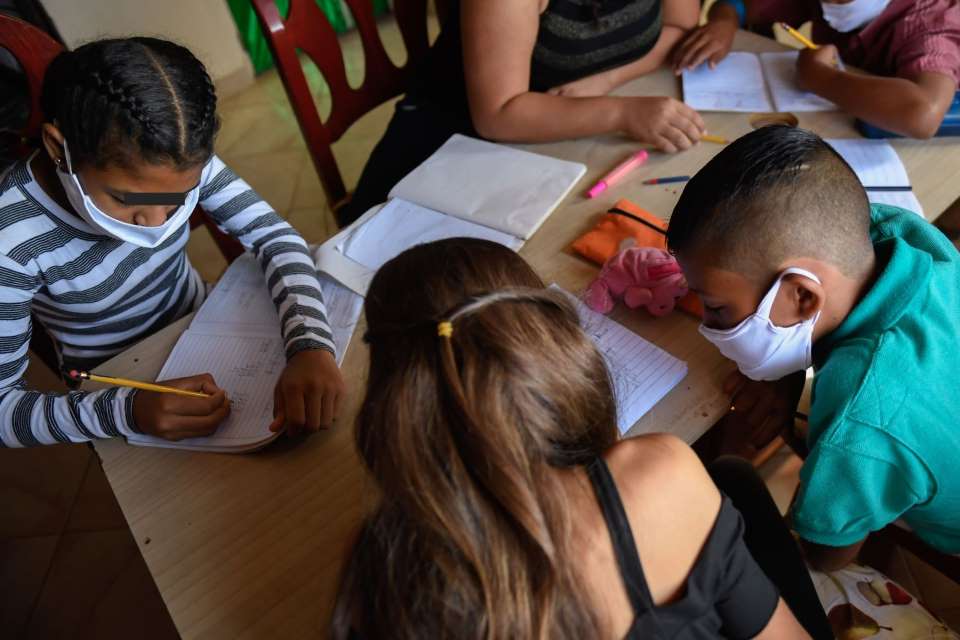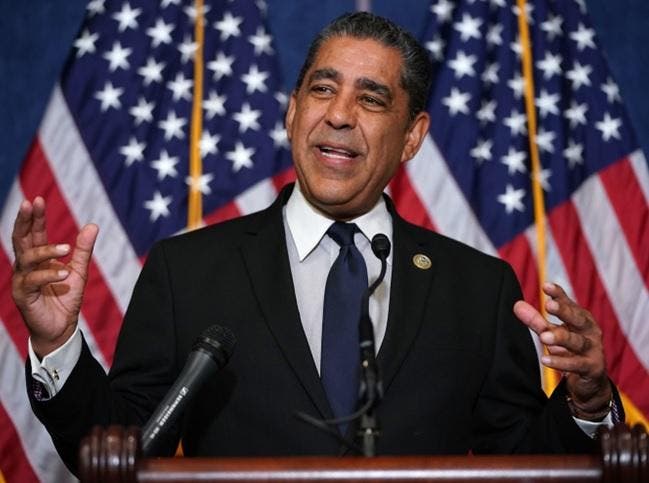The demographic transition, the growing impact of global warming and the threat of connected technologies predict a bleak future for the children of 2050, warns Unicef, which calls for action now to build a better future for new generations.
AFP/RFI
“Children face a multitude of crises – from climate disruptions to online risks – and these threats are likely to increase in the coming years,” warned Catherine Russell, executive director of the UN children’s agency.
“Decades of progress, particularly for girls, are in danger,” he warns in a statement on the occasion of the publication of Unicef’s annual report, which in each edition focuses on a different topic.
This year, Unicef looks towards 2050 and identifies three “major trends” that, together with possible conflicts that are difficult to predict, pose a “serious” threat to children if the necessary decisions are not made in time.
Firstly, the demographic challenge. By mid-century, the number of people under 18 years of age is expected to be quite similar to today.around 2.3 billion, but with a world population that will have increased greatly (up to about 10 billion).
*Read also: Unaccompanied Venezuelan children are the ones who migrate the most through Darién (IV)
Despite the decline in the proportion of children in all regions, their numbers will soar in some of the poorest areas, especially in sub-Saharan Africa.
This can “boost” the economy, but only if prior measures are taken to ensure that this army of young people has access to quality education, health services and employment, says Unicef.
In some of the most developed countries, children may represent less than 10% of the population, raising the question of their ‘visibility’ and rights in increasingly aging societies.
Another threat is climate change and its increasingly devastating impact.. “Let’s imagine a future in which climate change and difficult conditions force schools to switch to night mode, due to unbearable conditions during the day,” says Mamadou Doucouré, a 24-year-old Malian.
His words are one of many voices of young people interviewed by Unicef around the world who appear in the report.
– Decisions to “survive” –
If the current trajectory of greenhouse gas emissions continues, UNICEF predicts that in 2050 there will be eight times more children exposed to heat waves than in 2000, 3.1 times more to extreme floods and 1.7 times more to fires.
The third of the “big trends” highlighted in the report are new technologies, particularly artificial intelligence, the mastery of which will undoubtedly be a prerequisite for education and many of the jobs of the future.
But the digital divide remains open, since 95% of the population is connected to the Internet in rich countries, compared to only 26% in the poorestespecially if you do not have access to electricity, a network or a telephone or computer.
“If these barriers are not removed for children in these countries, particularly those living in the poorest households, an already disadvantaged generation will be further set back,” UNICEF insists.
But being connected can also be dangerous. The explosion of new technologies without safeguards is a threat to children and their personal data, exposing them in particular to sexual predators.
It is true that “there are many risks for the children of the future, but what we wanted to show is that the solutions are in the hands of those responsible today,” explains Cécile Aptel, deputy director of Unicef’s research division, to AFP.
“The right direction will be one that allows children to survive and live as well as possible in 2050.”
The report explores several scenarios depending on the investments made in development and the fight against global warming.
For example, if nothing changes, some progress is expected in access to primary education or in the educational gap between boys and girls.
But in the most optimistic scenario, all children could benefit from primary and secondary education in the 2050s, and the gender gap would disappear worldwide.
Post Views: 123


















